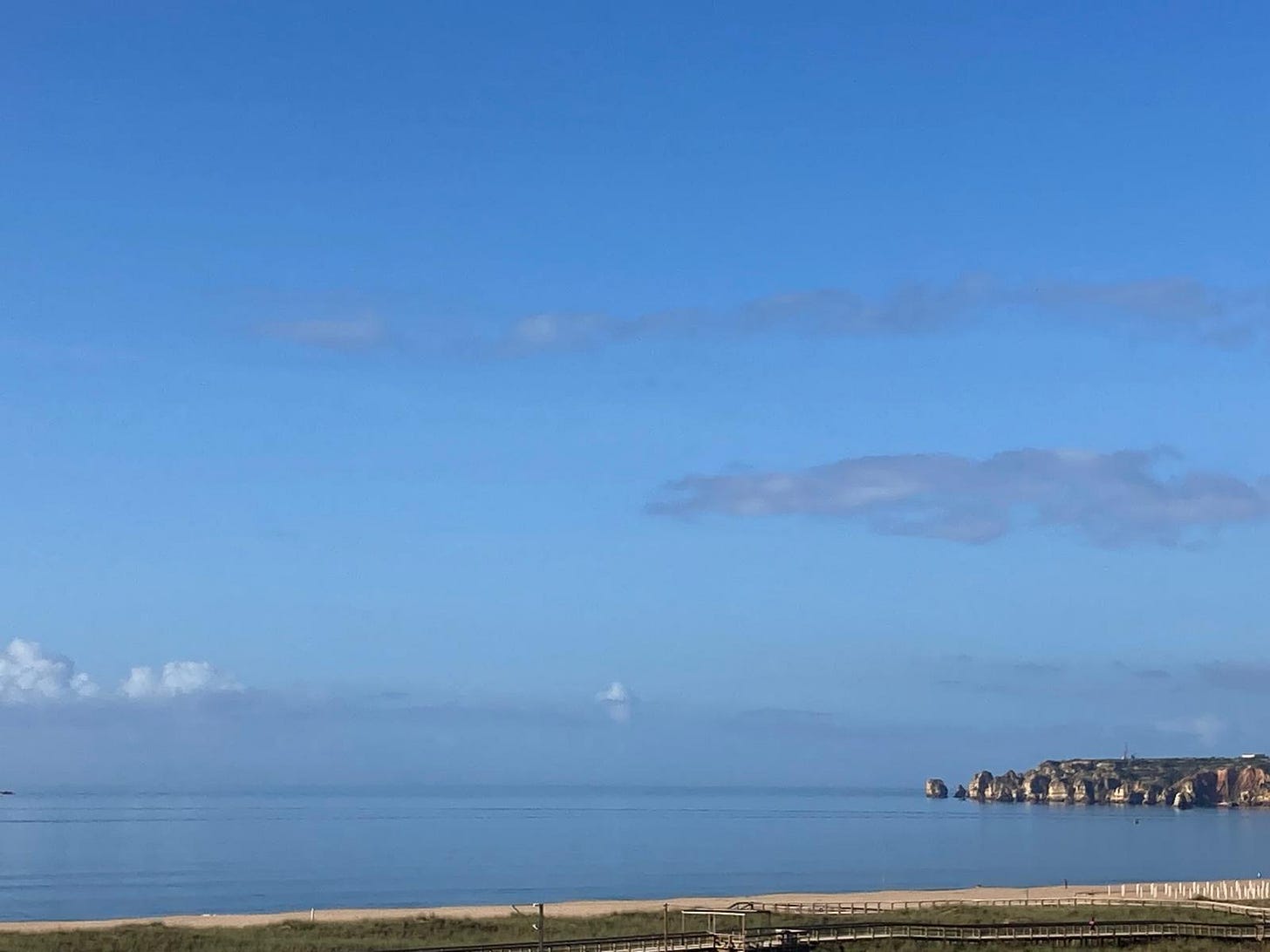It never ceases to amaze me how stuck in their ways most folk are. That used to be me in the past. Now we are packing up in the UK and heading out to wherever life takes us. It has bought a new meaning to clearing out “stuff”. We travel with 4 suitcases, two for clothes, one stuff kit – kitchen essentials (Airbnb’s are notoriously unequipped!) and electronics, one fun kit – whatever is fun for you and two carry on suitcases for immediate travel bits and pieces. We’ve put a small amount in storage – 30 square foot – and the rest we have ebayed, charity shopped or tipped. Easy peasy, and so liberating.
I have had a similar Damascene conversion in terms of an investing process that rails against the holy grail preached by the City and Wall Street. Alright, let’s get heretical. Let’s throw out the sacred cows of “buy and hold,” “the market always goes up,” “diversification is your best defense”—and look at where the cracks are forming beneath the pretty charts and talking heads.
As in life, it is you the individual who must take responsibility for all aspects of your existence; giving away your authority to others is first degree co-dependence.
In conventional investment speak it means everyone is “happy” following the same strategy and failing together. Being an outlier is deemed to be commercial suicide. The key word is “commercial”. Investment houses are concerned about retaining funds under management, in other words fees, rather than pursuing strategies that may better suit individuals rather than assuming the package approach suits everyone; it doesn’t.
Passive Investing: the Ouroboros: passive investing is eating its own tail. Index funds buy everything, regardless of merit. The more they buy, the more prices rise, the more people want in. It’s a reflexive loop—a Ponzi in a tuxedo. There’s no price discovery, no market-making. Once flows reverse (likely after a credit crisis), passive funds will become forced sellers in illiquid markets.
Passive funds are insensitive to price or value; if Nvidia is 15% of the index they buy 15% of the available funds making Nvidia more and more expensive relative to smaller stocks which get cheaper and cheaper. This has been going on for some time, pretty much since the great financial crisis of 2008. It has defined momentum investing which has become a “thing” and buy the dip has been reinforced again and again. A whole generation of investors has never experienced a significant wealth destroying downturn. Robinhood and Reddit have provided the route to “infinite wealth”…or not.
The 100 year portfolio, highlighted by Artemis Capital Management in the US, had 5 “buckets”.
· 20% Gold
· 20% Long Equity
· 20% Low Risk Long Duration Bonds
· 20% Commodity Trend
· 20% Long Volatility
It is easy to argue that low risk long duration bonds no longer exist rather they are certificates of confiscation. Long volatility is a notoriously difficult strategy to carry off successfully; most proponents get carried out! That leaves us with gold which has to be an essential part of any portfolio for many reasons upon which I will expound in a future edition of VFTB. Gold is not a commodity it is a currency; in fact the only true currency; it is not fiat backed by “faith”.
Long equity needs to be selective depending upon the rates of change of GDP and inflation. Industrial stocks look to be worthwhile given the huge shift to onshoring and infrastructure spending. There will also be times to hold gold and silver mining shares in this allocation. Did you know that the market cap of Apple is 20 times the total market cap of all the world’s silver mining companies? And one day value will make a comeback…please! Long equity can and should also include real assets; another topic for a future VFTB.
Commodity trend can be expanded to embrace trend following across all asset classes. Yes of course, this strategy has periods of relative underperformance, as have most things when compared with the Mag 7 passive tech giants, but the redeeming feature is the ability to preserve capital and to take advantage of bear markets.
A case can be made for an allocation to very short-term bonds, essentially cash, which currently yield more than inflation, especially in periods where the rates of change in inflation and growth are both falling as was the case in Q1 2025, and having zero exposure to long equity is the correct strategy.
This is a long way from the “60/40” and “lifestyle” portfolios sold by the investment “cognoscenti”. As an individual I have no commercial risk to worry about and at the same time I have a portfolio that has capital preservation as its focus. Talking of lifestyle, its gloriously sunny in Portugal and Mexico is on the horizon for September as it cools down in Europe; come and join us!





Great stuff Clive!! Enjoy your nomadic lifestyle!!
Thank you Bear - I am excited for our new adventure!